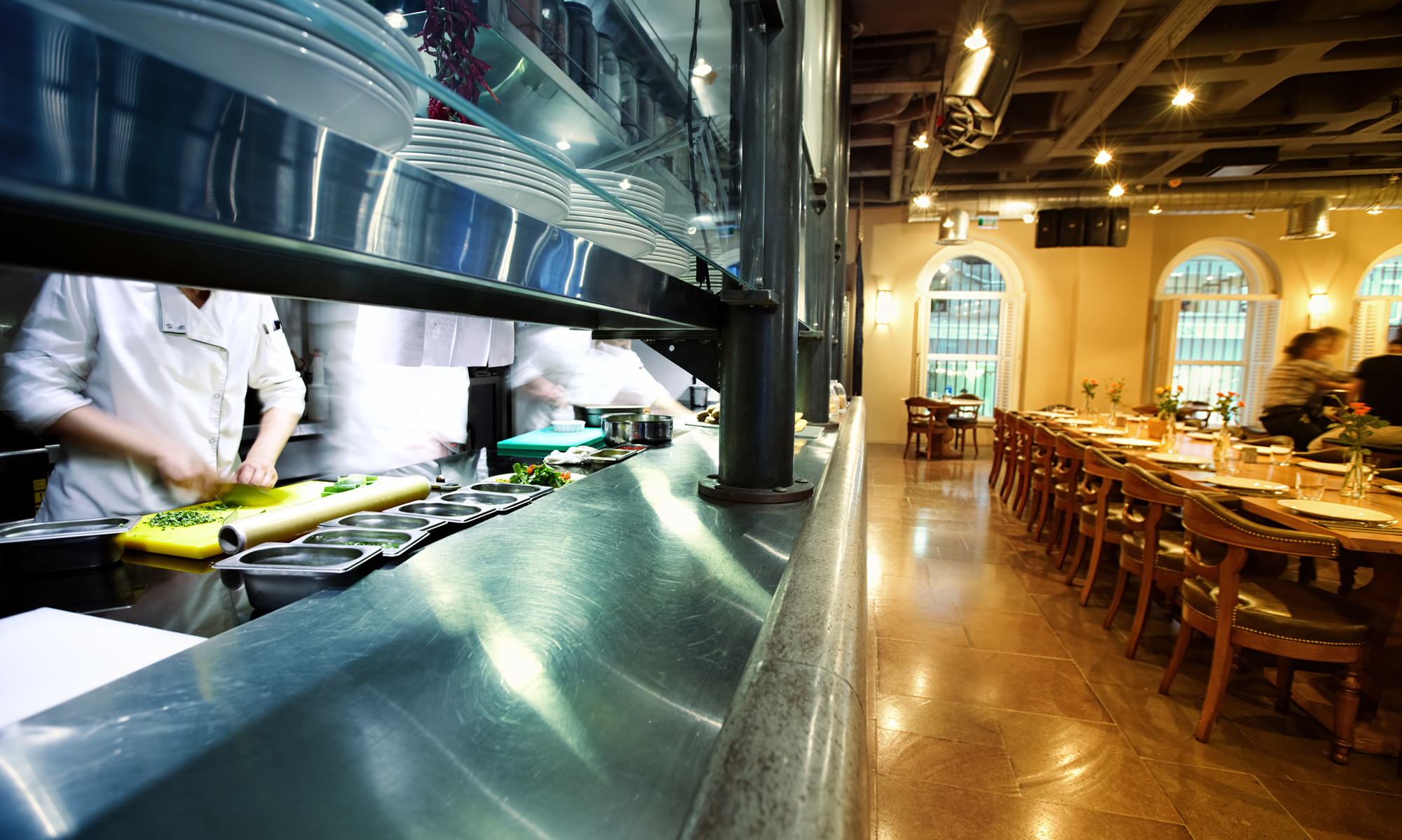With news last week that New York burger restaurant Shake Shack will open its first California location in 2016, excitement rippled throughout the state – not just among East Coast transplants, but also West Coast foodies who right now have to leave the state to try a ShackBurger®.
Started in New York, Shake Shack has developed a loyal following across the country. Eager to take advantage of this market potential, Shake Shack has expanded along the Eastern seaboard, and is now working its way slowly but steadily westward, opening a location in Chicago last November, and in Las Vegas in late December.
What challenges face restaurant chains with such visions of manifest destiny? Shake Shack’s West Coast rival might provide some insight.
When it opens its Los Angeles location, Shake Shack will be in direct competition with California-based In-n-Out Burger, and Shake Shack’s move onto In-n-Out’s turf is drawing inevitable comparisons between the fast-casual burger behemoths. This will be a competition of menus for sure, but also business philosophies too. Despite its own national cult following, In-n-Out famously has resisted growing outside its core market. Almost all of its 300 restaurants are in California, plus a handful in Nevada, Arizona, Utah and Texas. In-n-Out is not publicly traded, maintains a small menu, and does not franchise. They pay employees above minimum wage, and store managers have been known to make six-figure salaries. They also control their supply chain tightly: no restaurant is more than a day’s drive from a regional distribution center. Through this tight control, In-n-Out has been able to maintain consistent quality.
When it opens its Los Angeles location, Shake Shack will be in direct competition with California-based In-n-Out Burger, and Shake Shack’s move onto In-n-Out’s turf is drawing inevitable comparisons between the fast-casual burger behemoths.
This deliberate growth model also reaps savings for In-n-Out in legal costs: no franchisees to manage and negotiate with (and potentially litigate against), no risk that a franchisee might get embroiled in a legal dispute that sucks in the parent company; no shareholders or investors to interfere with business, and no need to keep an eye on far-flung distributors and distribution networks. In-n-Out proudly notes that their food is never pre-packaged or frozen, which by itself removes an entire category of legal headaches. By keeping a short supply chain, the company can literally keep watch over product quality from beginning to end. High employee satisfaction (through high wages) leads to fewer HR and labor disputes.
Shake Shack’s expansion mirrors that of rival East Coast burger chain Five Guys, which began franchising in the Virginia/D.C. area in 2002, and now has over 1,000 locations in the U.S. and abroad. Shake Shack also has locations internationally, and like Five Guys, Shake Shack went public and is traded on the NYSE. Similar to In-n-Out however, Shake Shack does not franchise, and they seem to have adopted a deliberate growth strategy also, with a mere 63 stores worldwide (only half of which are in the U.S.).
Stay local and fresh, without compromise like In-n-Out? Or expand and grab market share like Five Guys? Both In-n-Out and Five Guys have been successful so far.
Stay local and fresh, without compromise like In-n-Out? Or expand and grab market share like Five Guys? Both In-n-Out and Five Guys have been successful so far. Shake Shack appears to be charting a middle course, and only time will tell whether its strategy will pay off.

